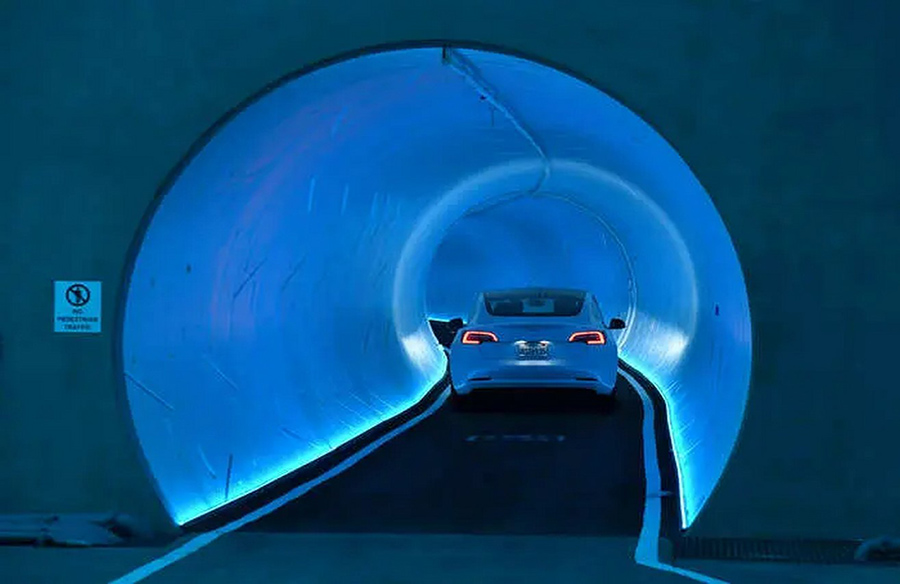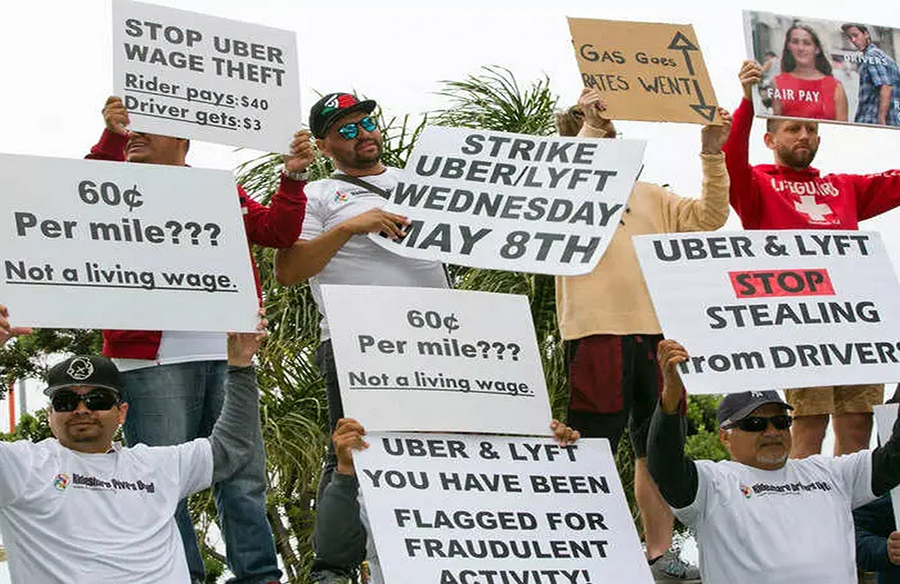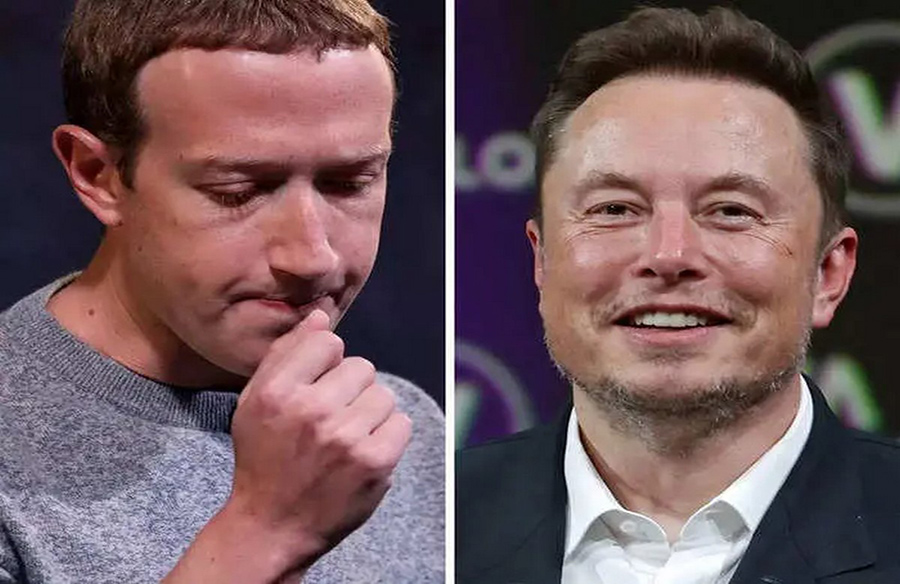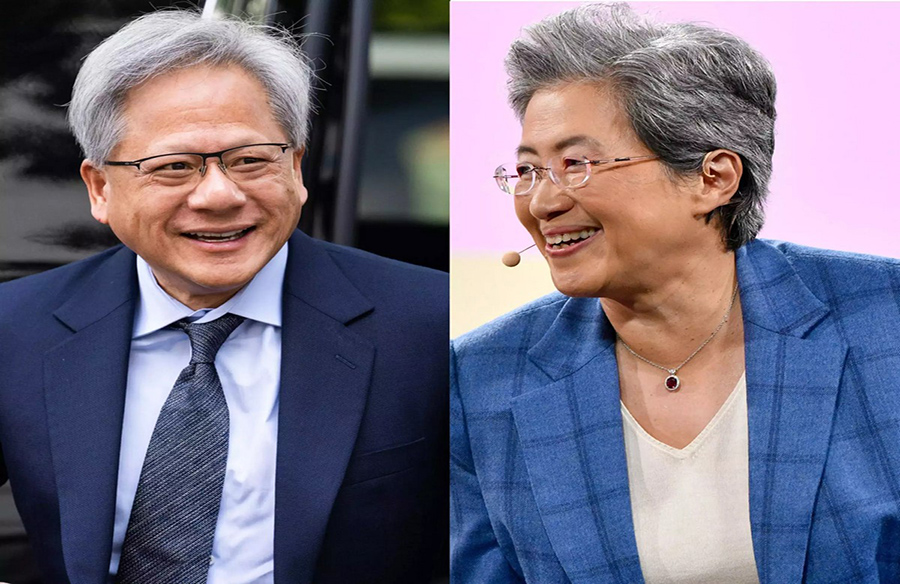Biden’s Compromise on EV Transition
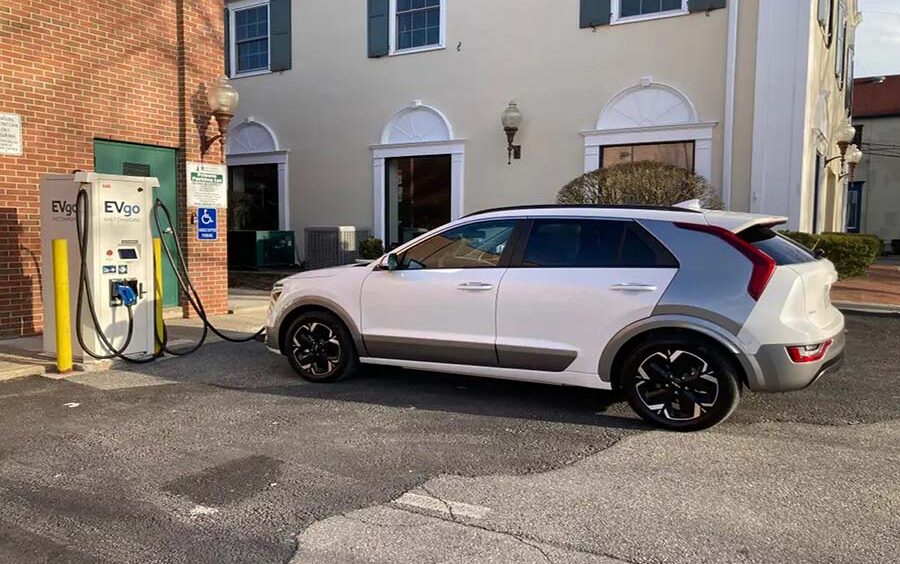
President Joe Biden has adjusted the timeline for the transition to electric vehicles (EVs) in response to concerns from automakers and labor unions regarding potential job losses. This compromise reflects Biden’s efforts to balance environmental goals with economic considerations and political dynamics.
Tailpipe Pollution Limits
The Environmental Protection Agency (EPA) recently announced stringent limits on tailpipe pollution from vehicles sold between 2027 and 2032. These rules aim to significantly increase the market share of EVs, potentially reaching up to 56% of new car sales by 2032, compared to just 7.6% in 2023. Hybrids are also expected to comprise around 13% of sales during this period. However, these targets are less ambitious than initially proposed, allowing automakers more flexibility in meeting pollution caps.
Compromise and Buy-In
Biden’s decision to revise the EV transition timeline reflects a pragmatic approach to address concerns from both industry and labor unions. The compromise seeks to provide automakers with additional lead time and flexibility, acknowledging the challenges of rapid EV adoption. Labor unions, particularly the United Auto Workers (UAW), have expressed concerns about job losses associated with the shift to EV manufacturing, highlighting the importance of maintaining support from key political constituencies.
Market Dynamics and Challenges
Despite record EV sales in recent years, the market has encountered challenges, including a slowdown in growth during the fourth quarter of last year. Concerns about charging infrastructure and range anxiety have prompted some consumers to opt for hybrids instead. However, analysts remain optimistic about the future of EVs, citing the introduction of more affordable models and the expansion of charging networks.
Environmental Impact and Health Benefits
While the adjusted timeline may delay the rapid expansion of EVs, the final rule is still expected to yield significant environmental and public health benefits in the long term. By reducing carbon dioxide emissions and air pollutants like fine particulate matter and nitrogen oxide, the rule aims to prevent premature deaths and mitigate respiratory illnesses and cardiovascular problems. Cleaner air has been linked to improved public health outcomes and increased life expectancy.
Criticisms and Climate Concerns
Despite the anticipated benefits, some climate groups have criticized the delayed timeline for EV adoption, warning that it could contribute to faster warming of the planet in the short term. Scientists emphasize the urgent need to reduce emissions to limit global warming to 1.5 degrees Celsius above preindustrial levels, beyond which the consequences of climate change could be catastrophic. However, senior administration officials assert that the tailpipe emissions rule, coupled with other climate policies, will contribute to significant emissions reductions by 2030.


 English
English 

























































































































































































































































































































